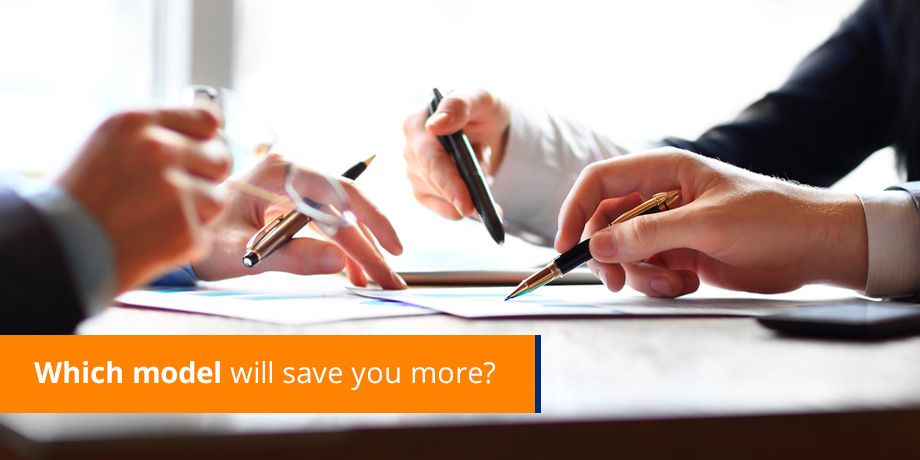
Confusion reigns in the land of eBilling and eInvoicing. Which model will save more? Both claim to be able to save billions but most people are unclear on the differences and the drivers behind the current explosion of activity in this area.
Firstly, a couple myths to debunk:
- eInvoicing is not just another Scandinavian government plot to control all commercial activity
- eBilling is not receiving a paper bill and paying it through internet banking
- You can’t actually save a whole Amazon rain forest by switching to eBilling
- eInvoicing is not just an XML replacement of EDI
- Banks don’t want to be your online bill filing cupboard
- There can’t be one consolidator for all consumer bills
Now a few truths to confirm:
- eInvoicing and eBilling can save billions of wasted costs on printing and postage
- eBilling does save the biller more than it saves the consumer (but who’s counting?)
- Consumers do prefer to have their bills emailed to them rather than fetching them from a website
- Cross border eInvoicing is complex and needs careful planning
- You can reduce your DSO (Days Sales Outstanding) by up to 30% through eBilling
- ExPP is good for the environment
With the plethora of noise out in the market about eBilling and eInvoicing, what we need to explain is the difference between the two concepts and when to talk about each one.
At the broadest level:
eInvoicing is the exchange of invoices between businesses (B2B) that regularly do business with each other, automating the Accounts Payable processes of receiving and processing incoming supplier invoices.
eBilling is the delivery of electronic bills to end consumers (B2C) and providing a payment option for them.
eInvoicing is generally highly automated with integrated workflow that needs agreement on standards and specifications, eBilling is the replacement of paper with electronic documents delivered via email (the simplest and easiest model) or via a website (Biller direct, bank aggregator or consolidator models).
Conclusion
So when talking about sending bills to end consumers; talk about eBilling – when talking about creating the Skynet of accounting systems; talk about eInvoicing.
Improve the customer experience with secure document delivery today














